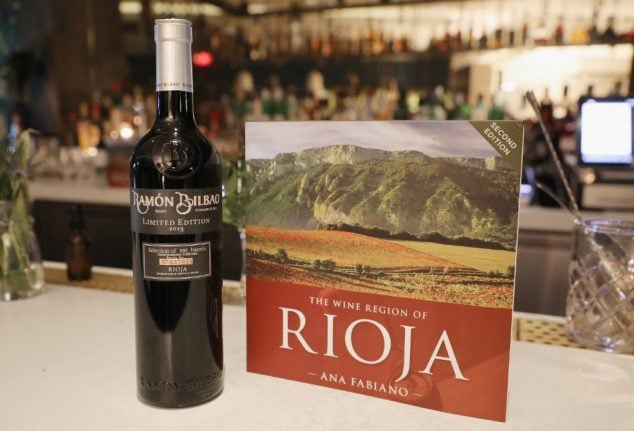Spanish Riojas are loved across Spain and around the world by wine lovers. They are known for being medium to full-bodied, with a strong structure and tannins, and are often described as tasting like berries or plums.
One thing Riojas generally aren’t generally considered, however, are fine wines in the way that other wines are.
Sure, there are some particularly fantastic and award-winning Rioja vintages that are considered world class, but generally speaking Rioja is viewed as a bit of a bargain: good quality wine but not such high quality that it becomes unaffordable.
So what is a fine wine in the first place? There isn’t an exact science but they tend to be defined as a category that represents the highest quality producers from a wine-growing region, where the highest level of winemaking and viticultural standards are implemented, and quality over quantity is prioritised. And as you might have guessed, it’s wine critics who often have the final say on which fines are fine.
Riojas’ good value for money
According to wine experts at Enologique, in the wine world (and perhaps in the wine-glugging public imagination too), Rioja is trapped in the ‘good value’ category, meaning it is generally perceived as middle of the road, cost effective, and neither awful nor amazing.
BBC wine expert Victoria Moore sums it up nicely: “One piece of good news for those who love Rioja is that it is one of the wines that supermarkets do best. You can find excellent examples of own-label Rioja just about anywhere you might shop.”
Riojas are seen as good value for money, something that (for better or worse) prevents it being considered among the more prestigious wines by some people.
READ ALSO: Ten facts you probably didn’t know about Spanish wine
High production
Wine critic Tim Atkin argues that one reason Riojas aren’t quite viewed as in the top tier of wines is the fact that Spain’s La Rioja region makes so much vino, up to 300 million litres a year on average.
In Atkin’s words, “there’s always an unspoken fear that the mass-market wines won’t sell, even if the prices are low.”
Of the roughly 300 million litres of wine produced in La Rioja annually, up to 90 percent of it is red and the remaining 10 percent is white or rosé.
Different Riojas
Part of the explanation could also be the size of La Rioja itself and the variety of wines it produces, as although they are all marketed and sold as one type of wine, wines produced there tend to differ from one another than the best-known fine wines from France and Italy.
Rioja enjoys a mixture of Atlantic, Continental and Mediterranean climates with hot summers and cold winters with relatively high rainfall — good conditions for growing grapes that produce quality wines, but with quite a lot of variety.
The four main classifications of Riojas are Genérico, Crianza, Reserva, and Gran Reserva.

Soil studies
Another ‘black mark’ against Riojas when it comes to fine wines is, Atkin says, that the region would be taken more seriously if it published soil studies.
Despite being drank around the world, there is no authoritative report on Riojas soils, something many other wine producing regions in France and Italy do.
Business monopolies
One more reason Riojas are loved by many but not really considered fine wines is due to the business model: vested interests in the wine industry, namely the companies that make up the so-called ‘Grupo Rioja’, an association of influential and established bodegas that sells around three quarters of all Rioja wine.
Atkin argues these groups have little interest in changing their business models because, in his words, “flogging large quantities of cheap wine at small but profitable margins suits them fine.”
If someone wanted to try and recalibrate the production model in the region, or try and market Riojas as fine wines, they’d likely come up against the might of these established monopolies.
Wine politics
As with many things in Spain, politics (and regional identity) could also play a role. As the region is quite large, Rioja’s soils are varied. Yet despite that, most of the top wines come from the north and northwest of the region, especially from Sonsierra.
Atkins says that most of Rioja’s best wine growing areas are north of the River Ebro. As such, many of these high-quality vineyards are in the Alavesa subregion, which is not part of La Rioja region but actually part of the Basque Country.
According to wine website Decanter, there are 63,593 hectares of vineyards in the La Rioja wine making region, divided as follows: La Rioja (43,885 ha), Alava (12,934 ha) and Navarre (6,774 ha).
In recent years, wine rivalry between the Basque province of Álava and La Rioja has threatened to upend the Rioja wine world. Due to the internal politics, some Basque growers could break off from the Rioja name and brand and instead produce and label their own wines as Viñedos de Álava.



 Please whitelist us to continue reading.
Please whitelist us to continue reading.
Member comments